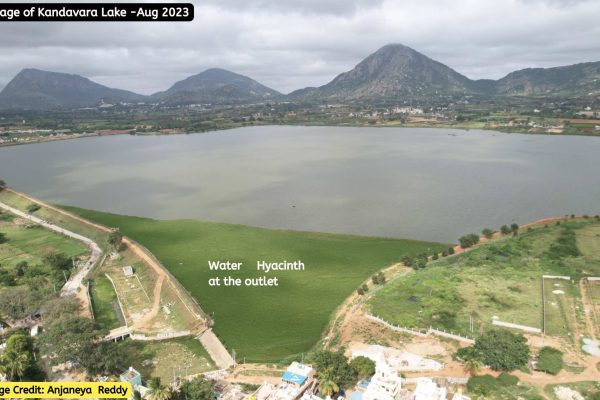Koramanagala-Challaghatta (KC) valley tank-filling lift-irrigation project, commonly referred to as the KC valley project, executed by the Karnataka state government, exports secondary treated wastewater via pumping from the Bengaluru city‘s sewage treatment plants to the rain-fed tanks of Kolar district. The project aims to provide irrigation water indirectly by recharging groundwater with secondary treated wastewater. Pumping secondary treated wastewater into the unpolluted rain-fed tanks of hinterlands is risky from a pollution perspective. It has a huge potential to contaminate drinking water sources, which merits more attention and scrutiny than has been given. On this page, we intend to bring data and analysis that sheds light on both the benefits and risks of the project. Our research is enriched with geospatial intelligence via maps. The maps serve as a fundamental visual tool, offering insights into the geographic and hydrological intricacies of the project
In the river basin context
The map-infographic shows the lakes,rivers and streams in the Kolar region, that receive the KC Valley project water, in the context of Dakshina Pinakini and Palar river basins. It also depicts the wastewater distribution infrastructure, which uses pumps, pipes, natural streams, and river channels.






